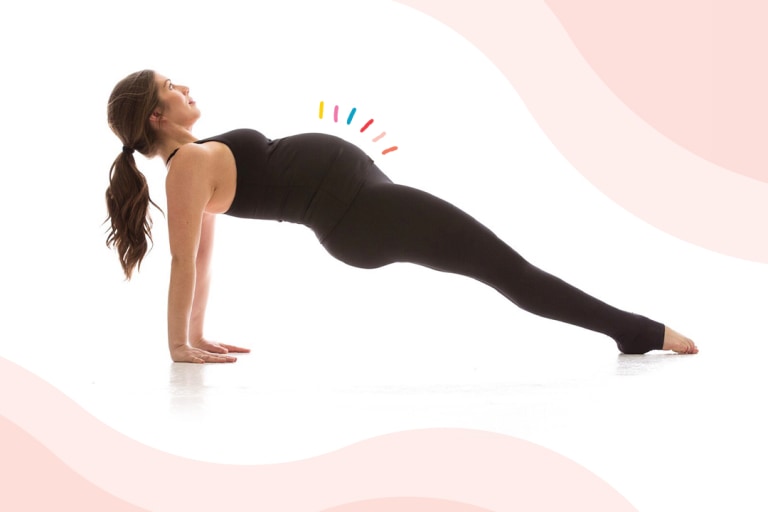
Pregnancy Pilates: A Comprehensive Guide to Benefits, Exercises, and Safety
Introduction
Pregnancy is a transformative journey that brings about numerous physical and hormonal changes. As the body adapts to accommodate the growing fetus, it’s essential to maintain a healthy and active lifestyle to support both the mother and the baby. Pregnancy Pilates is a specialized form of Pilates that has been tailored to address the unique needs of pregnant women. This low-impact exercise program offers a myriad of benefits, ranging from alleviating common pregnancy discomforts to preparing the body for labor and delivery.
Benefits of Pregnancy Pilates
1. Reduced Back Pain and Pelvic Instability:
Pregnancy Pilates exercises strengthen the core and pelvic floor muscles, which provide support to the lower back and pelvis. This can significantly reduce lower back pain, pelvic instability, and other musculoskeletal discomforts that commonly occur during pregnancy.
2. Improved Posture and Balance:
As the baby grows, the center of gravity shifts forward, leading to postural imbalances. Pregnancy Pilates helps improve posture by strengthening the muscles that support the spine and pelvis. This can enhance balance and prevent falls, which are a common concern during pregnancy.
3. Reduced Risk of Diastasis Recti:
Diastasis recti is a condition where the abdominal muscles separate during pregnancy. Pregnancy Pilates exercises focus on engaging the transverse abdominis muscle, which helps prevent or minimize diastasis recti.
4. Enhanced Flexibility and Mobility:
Pregnancy Pilates incorporates gentle stretches and movements that improve flexibility and mobility in the hips, back, and shoulders. This can reduce stiffness and discomfort, making everyday activities easier.
5. Preparation for Labor and Delivery:
Pregnancy Pilates strengthens the muscles involved in labor, such as the pelvic floor muscles and the abdominal muscles. This can help shorten labor, reduce the risk of complications, and promote a more comfortable delivery.
6. Postpartum Recovery:
After childbirth, Pregnancy Pilates can help restore core strength, improve pelvic floor function, and reduce back pain. It can also aid in the recovery from diastasis recti and other postpartum conditions.
7. Improved Mood and Well-being:
Exercise, including Pregnancy Pilates, has been shown to release endorphins, which have mood-boosting effects. It can also reduce stress and anxiety, which are common during pregnancy.
Exercises for Pregnancy Pilates
Pregnancy Pilates exercises are typically modified from traditional Pilates exercises to accommodate the changing body of a pregnant woman. Some common exercises include:
1. Pelvic Tilts:
Lie on your back with your knees bent and feet flat on the floor. Tilt your pelvis forward and back, engaging your core muscles.
2. Cat-Cow Pose:
Start on your hands and knees. Arch your back (cow pose) and then round your back (cat pose), alternating between the two.
3. Bird Dog:
Start on your hands and knees. Extend your right arm forward and your left leg backward, simultaneously. Hold for a few seconds and then switch sides.
4. Side Plank:
Lie on your side with your elbow under your shoulder. Lift your hips off the ground, forming a straight line from your head to your feet. Hold for a few seconds and then switch sides.
5. Squats:
Stand with your feet hip-width apart. Lower your body as if sitting back into a chair, keeping your chest up and your knees aligned with your toes.
Safety Considerations
While Pregnancy Pilates is generally safe for most pregnant women, it’s important to consult with your healthcare provider before starting any exercise program. Some precautions to consider include:
1. First Trimester:
Avoid exercises that involve lying on your back or stomach during the first trimester.
2. Second and Third Trimesters:
Listen to your body and rest when needed. Avoid exercises that cause pain or discomfort.
3. Pregnancy Complications:
If you have any pregnancy complications, such as preeclampsia or gestational diabetes, consult with your healthcare provider before starting Pregnancy Pilates.
4. Postpartum:
Wait until you have been cleared by your healthcare provider before resuming Pregnancy Pilates after childbirth.
Conclusion
Pregnancy Pilates is a safe and effective exercise program that offers numerous benefits for pregnant women. By strengthening the core, improving posture, reducing pain, and preparing the body for labor and delivery, Pregnancy Pilates can enhance the overall well-being of both the mother and the baby. It’s important to consult with your healthcare provider before starting any exercise program during pregnancy and to listen to your body throughout your fitness journey.